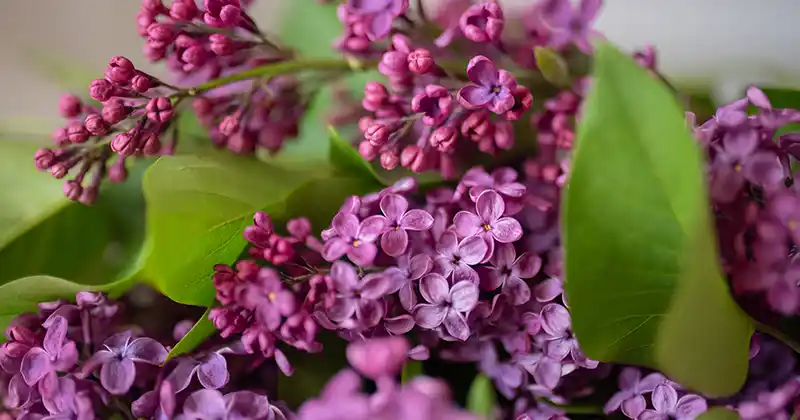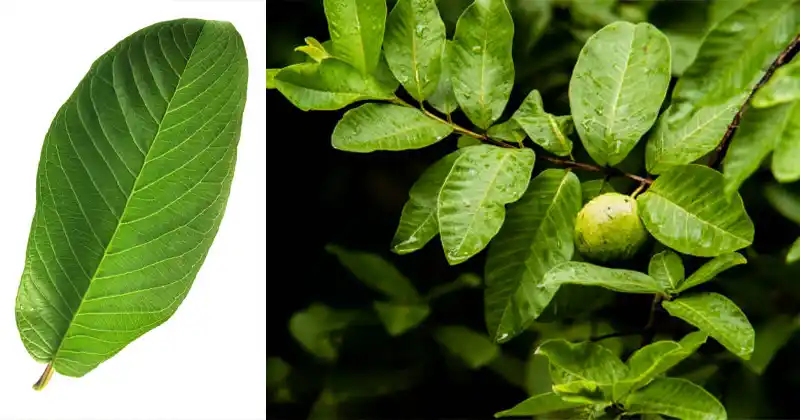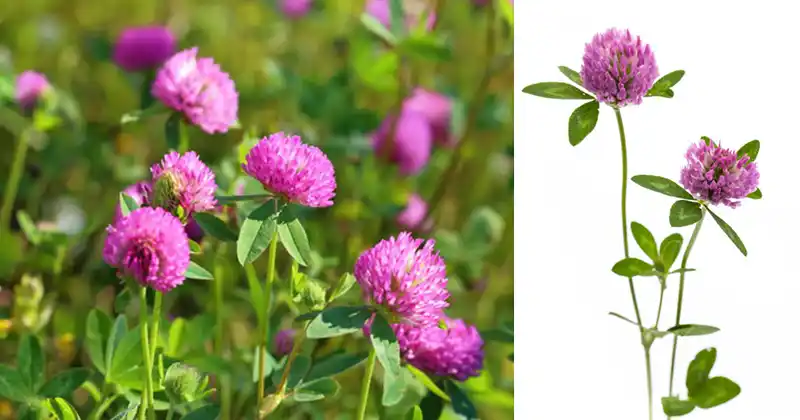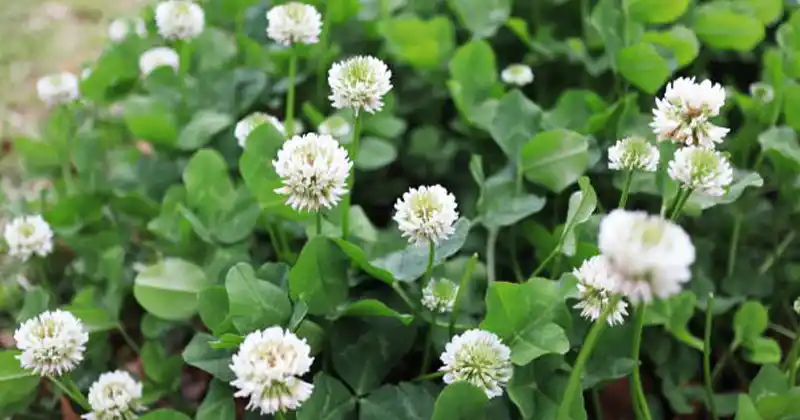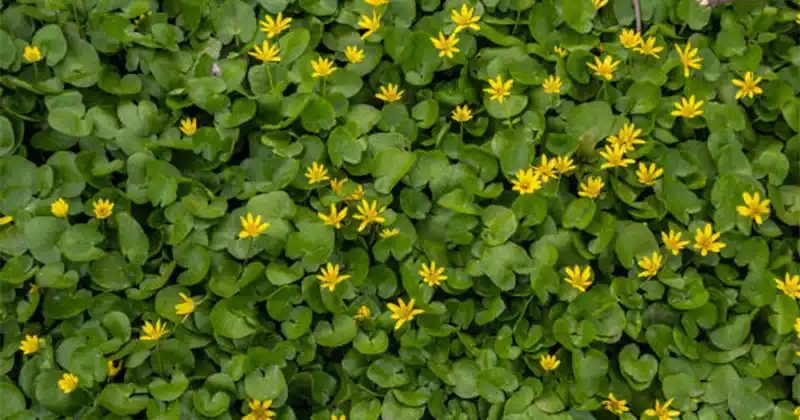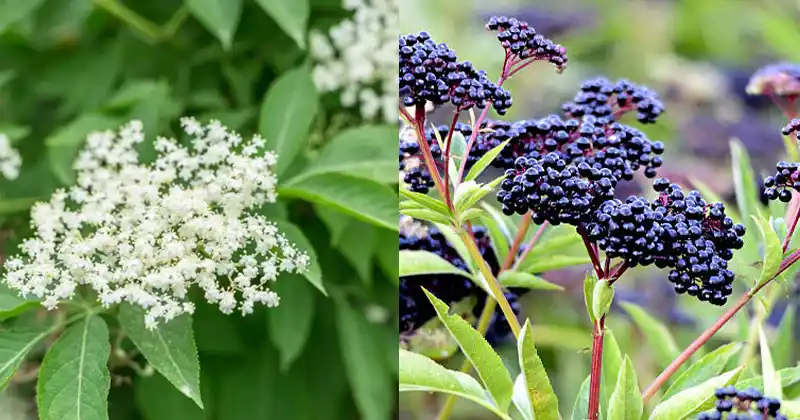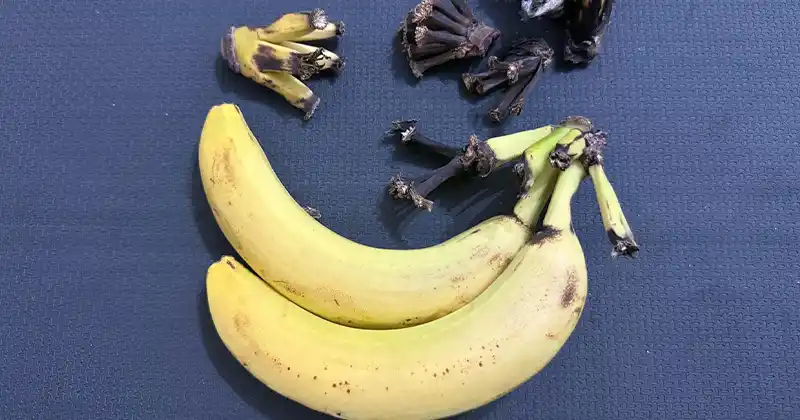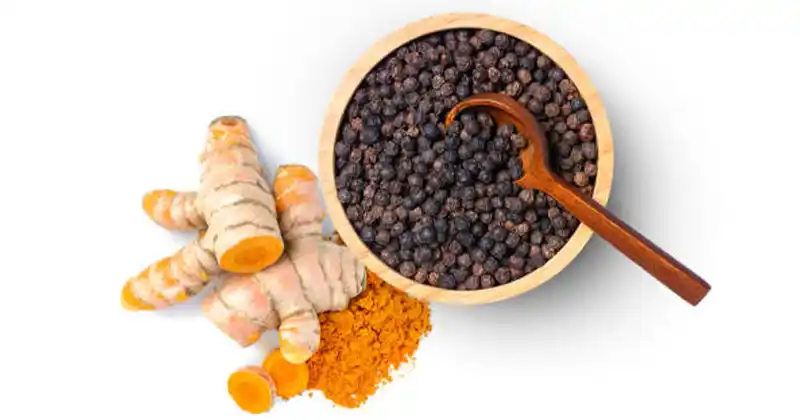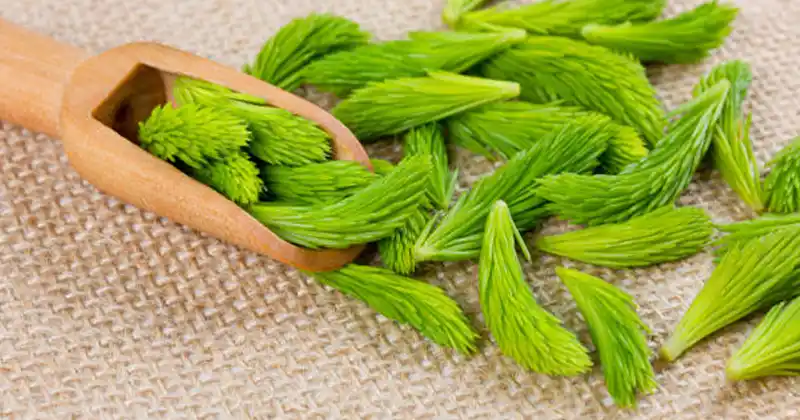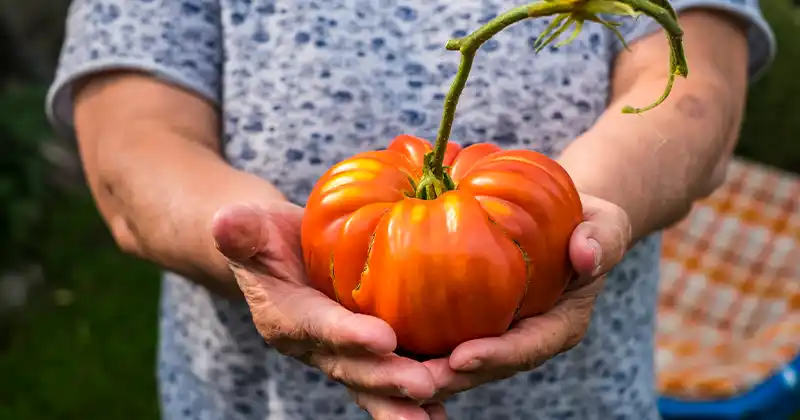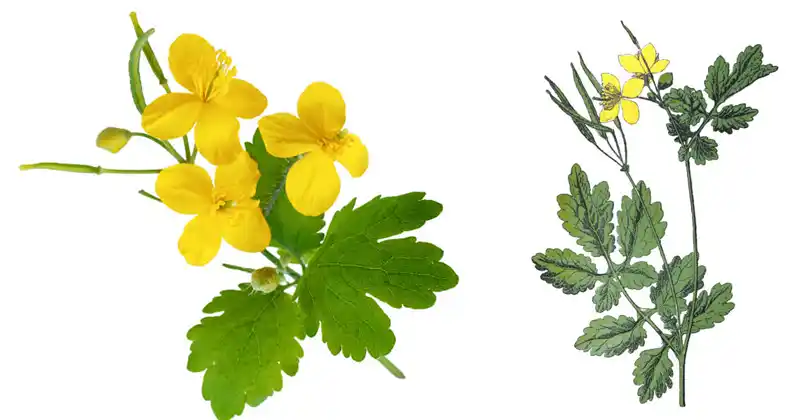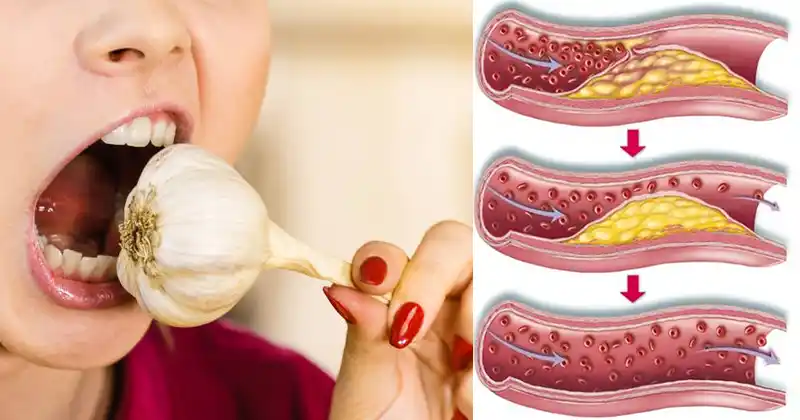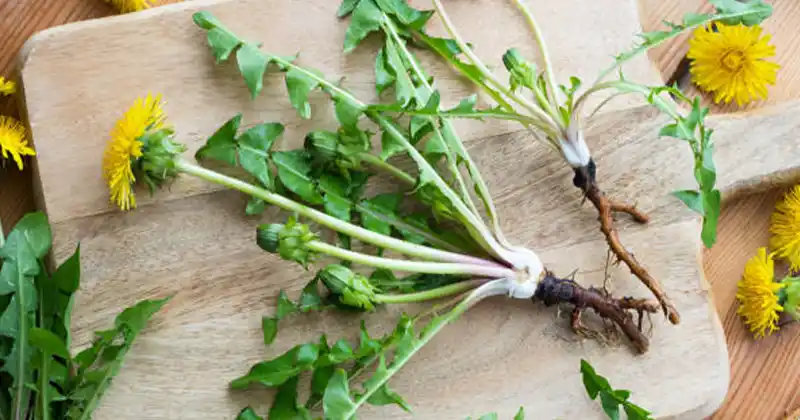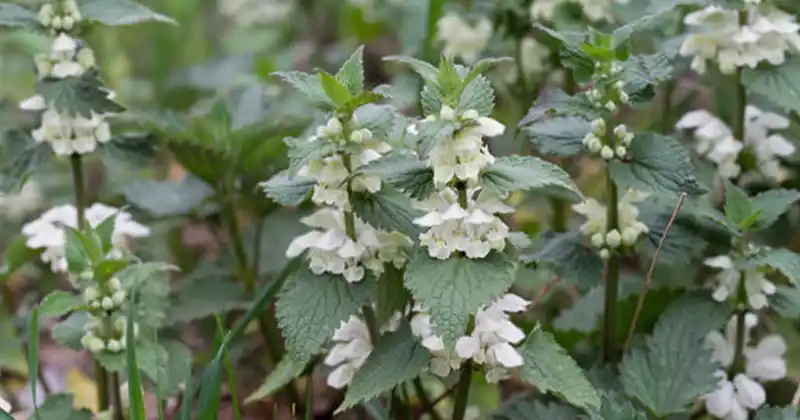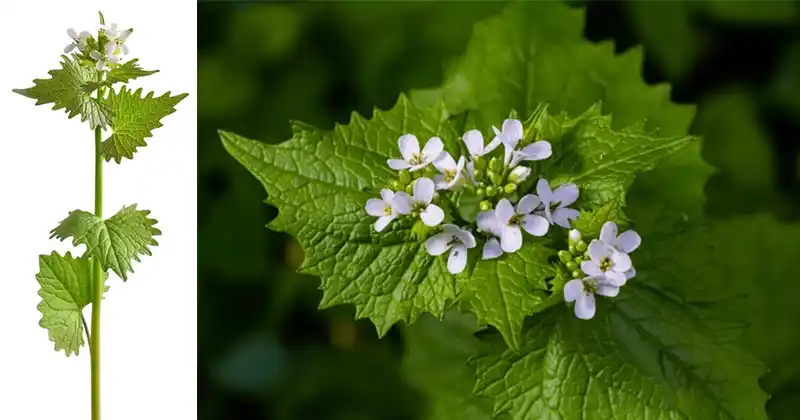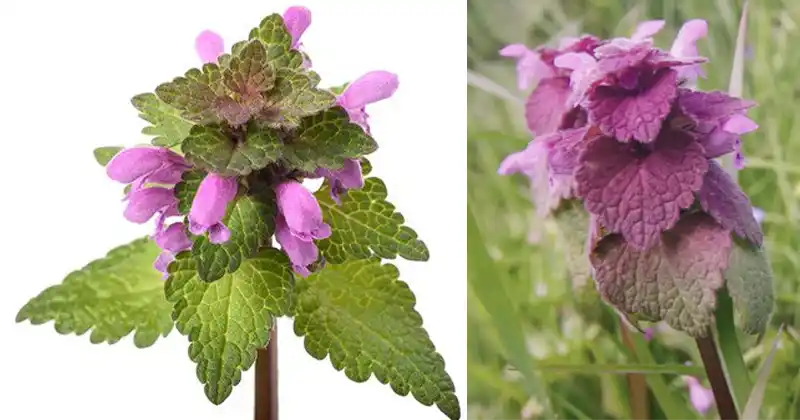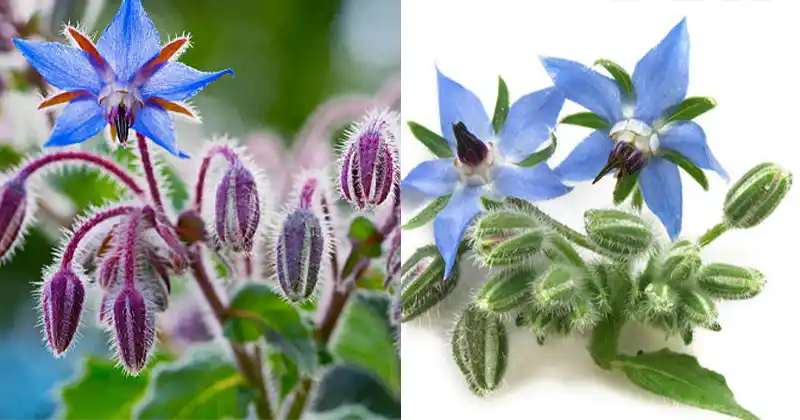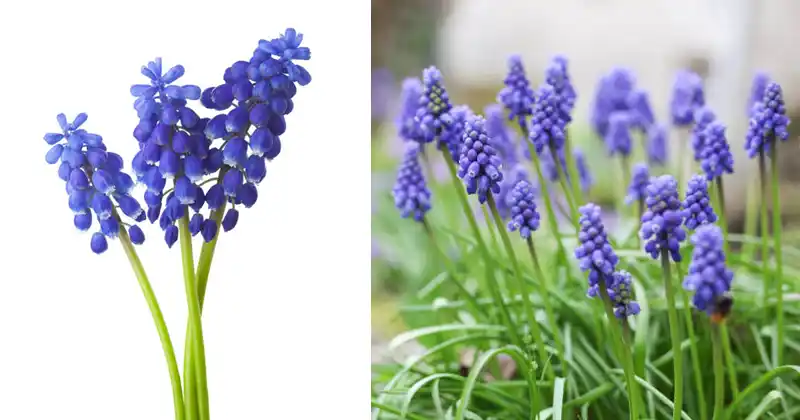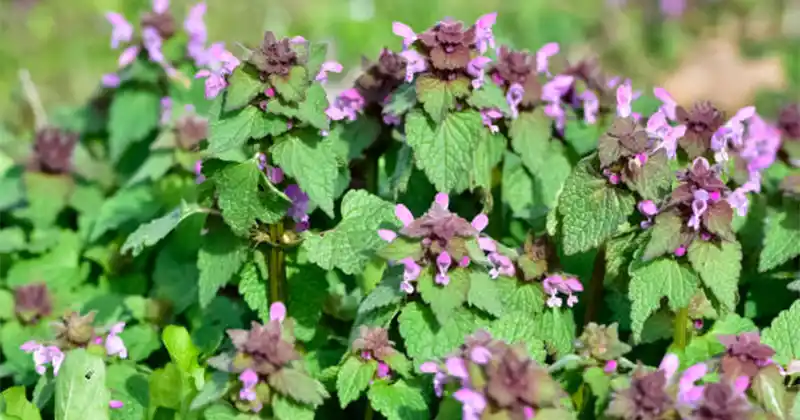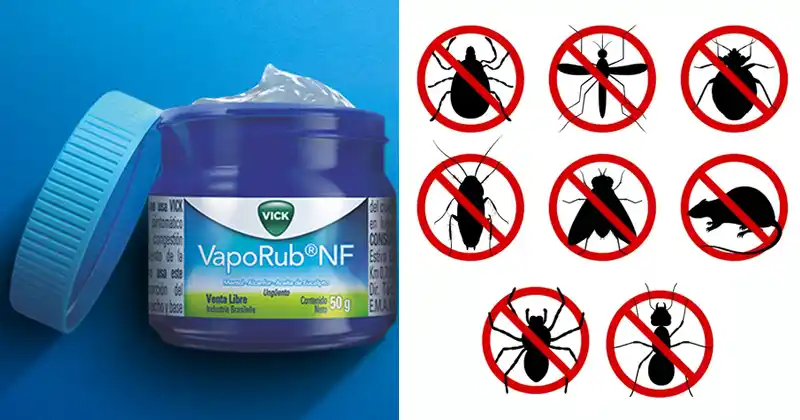Albizia julibrissin: How to Collect, Prepare, and Store Its Bark, Flowers, and Leaves
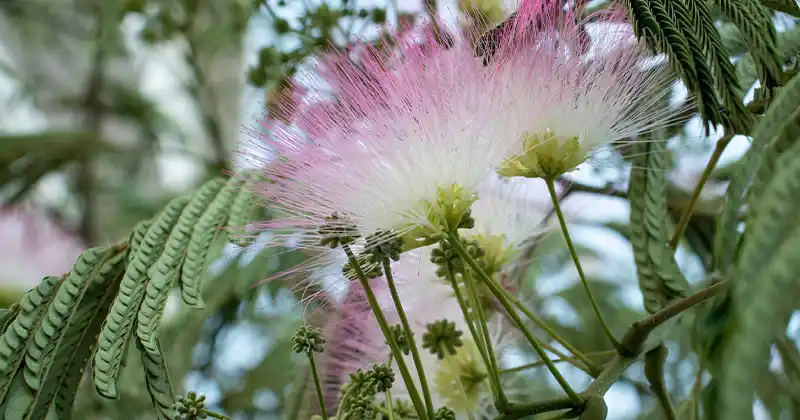
Albizia julibrissin, commonly known as the silk tree or mimosa tree, is not only admired for its beauty but also valued for its medicinal properties. If you have access to one of these trees and are ready to harness its benefits, this guide will teach you how to collect, prepare, and store the bark, flowers, and leaves for future use.
Collecting Albizia Bark
When to Collect:
- The best time to harvest bark is during early spring or late autumn when the tree’s sap flow is lower.
How to Collect:
- Choose healthy, mature branches or trunks, avoiding damaged or diseased areas.
- Use a clean, sharp knife to remove thin layers of bark. Be mindful not to remove too much from a single tree to avoid harm.
- Peel off the outer rough layer and collect the smooth inner bark, as this is the medicinal part.
Preparation:
- Cleaning: Rinse the bark under clean water to remove dirt or debris.
- Cutting: Slice the bark into small, manageable pieces for drying.
Storage:
- Drying: Spread the bark pieces on a clean tray in a warm, dry, and shaded area with good airflow. Turn them occasionally until fully dry (this may take a week).
- Storing: Store the dried bark in an airtight container, such as a glass jar, and keep it in a cool, dark place. Properly stored bark can last up to a year.
Collecting Albizia Flowers
When to Collect:
- Harvest the flowers during the blooming season, typically in late spring or early summer, when they are fully open and vibrant.
How to Collect:
- Gently pluck or snip the flowers with clean scissors, ensuring you leave some on the tree to continue blooming.
- Collect only dry flowers, preferably in the morning after the dew has evaporated.
Preparation:
- Cleaning: Shake off any insects or debris but avoid washing them unless absolutely necessary, as water can promote mold during drying.
Storage:
- Drying: Lay the flowers on a clean drying rack or paper towel in a warm, shaded area with good airflow. They will dry in 3-5 days.
- Storing: Place the dried flowers in an airtight container, away from moisture and sunlight. Dried flowers retain their potency for up to 6 months.
Collecting Albizia Leaves
When to Collect:
- Harvest leaves during the growing season, ideally in the early morning when they are fresh and full of nutrients.
How to Collect:
- Use clean scissors or your hands to pluck mature, healthy leaves. Avoid damaged or yellowing leaves.
- Collect only what you need to ensure the tree remains healthy and productive.
Preparation:
- Washing: Rinse the leaves gently under cool water to remove any dirt or insects.
- Drying: Pat the leaves dry with a clean towel to remove excess moisture.
Storage:
- Drying: Spread the leaves in a single layer on a clean tray or drying rack. Place them in a warm, shaded area with good airflow. Turn them occasionally until they become crispy (this can take 3-7 days).
- Freezing: For a fresher option, blanch the leaves in boiling water for 1 minute, then plunge them into ice water. Pat dry and freeze in airtight bags.
- Storing: Dried leaves should be kept in a glass jar or resealable bag in a dark, dry place. Dried leaves can last up to a year, while frozen leaves are best used within 6 months.
General Tips for Collecting, Preparing, and Storing Albizia Parts
- Avoid Contaminants: Harvest only from trees that are free from pesticides, pollution, or chemical exposure.
- Label Your Storage: Clearly label your jars or bags with the part collected and the date of storage to track freshness.
- Monitor for Mold: Check stored parts occasionally for mold or a change in smell. Discard any that show signs of spoilage.
Harvesting Albizia julibrissin is a rewarding process that allows you to make the most of its medicinal benefits. With these simple steps, you can collect, prepare, and store its bark, flowers, and leaves for future use. By doing so, you can ensure a natural and sustainable supply of remedies for your health and well-being. Always remember to harvest responsibly to protect the tree and its ecosystem.
